Breaking the Curse of the Habitable Zone
The Habitable Zone is a central concept in our explorations for life outside the Earth. Is it time to abandon it? The Habitable Zone is defined as the region around a star where liquid water can exist on the surface of a planet. At first glance, that seems like a good starting place to hunt … Continue reading "Breaking the Curse of the Habitable Zone" The post Breaking the Curse of the Habitable Zone appeared first on Universe Today.

The Habitable Zone is a central concept in our explorations for life outside the Earth. Is it time to abandon it?
The Habitable Zone is defined as the region around a star where liquid water can exist on the surface of a planet. At first glance, that seems like a good starting place to hunt for alien life in other systems. After all, there’s only one kind of life known in the universe (ours) and it exists in the Habitable Zone of the Sun.
But researchers have long noted that the Habitable Zone concept is far too restrictive. Besides the examples of the icy moons in our own solar system, life itself is able to alter the chemistry of a planet, shifting its ability to retain or remove heat, meaning that the un-habitable regions of a distant system might be more clement than we thought.
Even if we restrict ourselves to the basic biochemistry that makes Earthly life possible, we have many more options than we naively thought. Hycean worlds, planets thought to be englobed by water surrounded by thick hydrogen atmospheres, once thought to be too toxic for any kind of life, might be even more suitable than terrestrial worlds.
What about tidally-locked planets around red dwarf stars, like our nearest neighbor Proxima b and the intriguing system of TRAPPIST-1? Conditions on those planets might be hellish, with one side facing the incessant glare of its star and the other locked in permanent night. Neither of those extremes seem suitable for life as we know it. But even those worlds can support temperate atmospheres if the conditions are just right. A delicate balancing act for sure, but a balancing act that every life-bearing planet must walk.
Our galaxy contains billions of dead stars, the white dwarves and neutron stars. We know of planets in those systems. Indeed, the first exoplanets were discovered around a pulsar. Sometimes those dead stars retain planets from their former lives; other times the planets assemble anew from the stellar wreckage. In either case, the stars, though dead, are still warm, providing a source of energy for any life that might find a home there. And considering the sheer longevity of those stars the incredibly long history of our galaxy, life has had many chances to appear – and sustain itself – in systems that are now dead.
Who needs planets, anyway? Methanogens could take advantage of the exotic, cold chemistry of molecular clouds, feasting on chemicals processed by millennia of distant high-energy starlight. It might even be possible for life to sustain itself in a free-floating biological system, with the gravity of its own mass holding on to an atmosphere. It’s a wild concept, but all the foundational functions of a free-floating habitat – scaffolding, energy capture and storge, semi-permeable membranes – are found on terrestrial life.
We should absolutely continue our current searches – after all, they’re not groundless. But before we invest in the next generation of super-telescopes, we should pause and reconsider our options. We should invest in research that pushes the edges of what life means and where it can exist, and we should explore pathways to identifying and observing those potential habitats. Only after we have extended research along these lines can we decide on a best-case strategy.
In other words, we should replace a goal, that of finding life like our own, with a vision of finding life wherever we can. Nature has surprised us many times in the past, and we shouldn’t let our biases and assumptions get in the way of our path of discovery.
The post Breaking the Curse of the Habitable Zone appeared first on Universe Today.








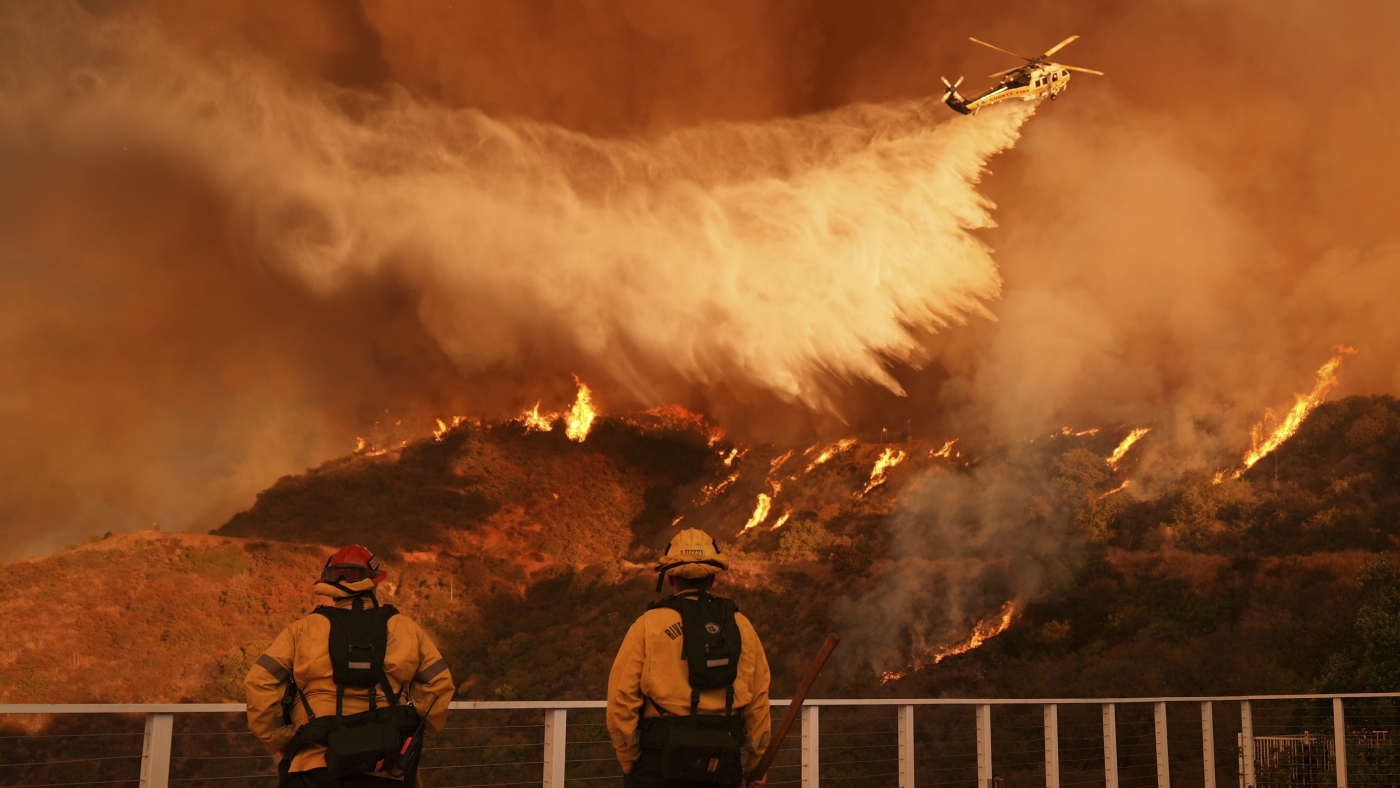




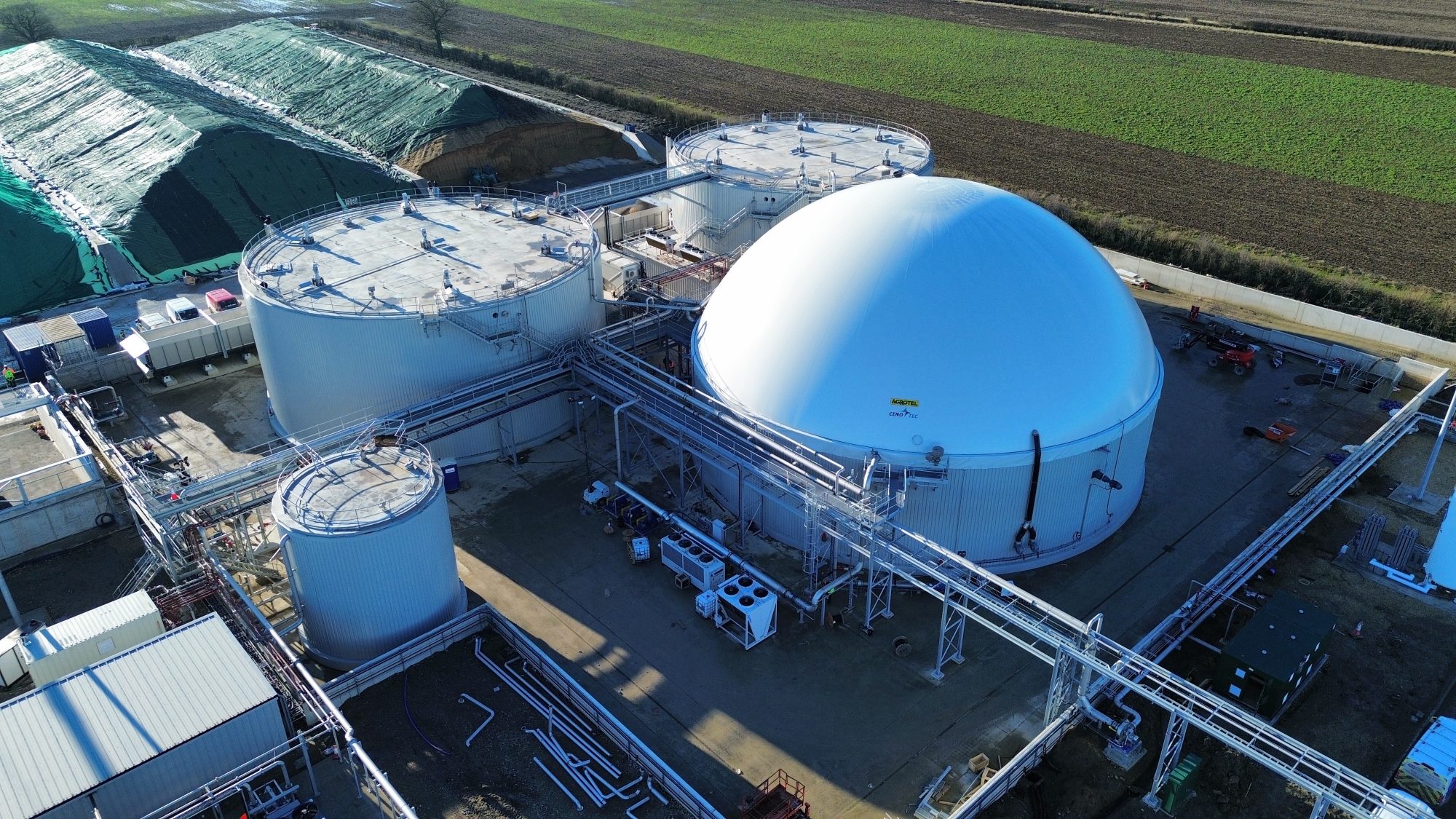










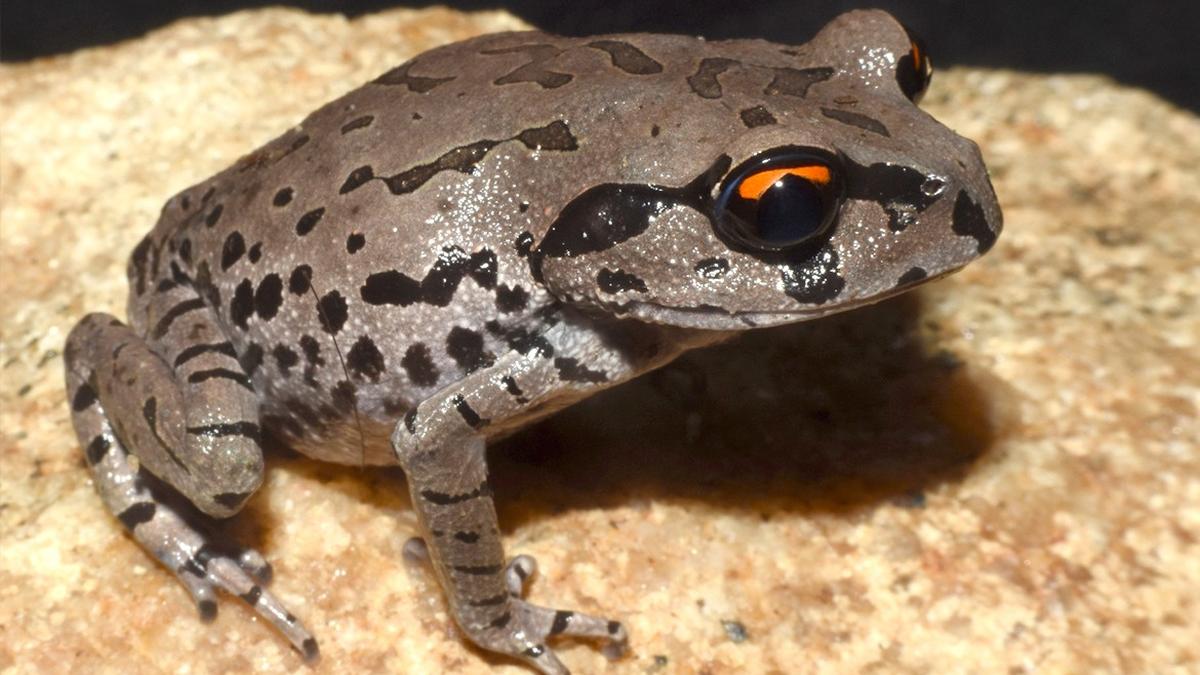








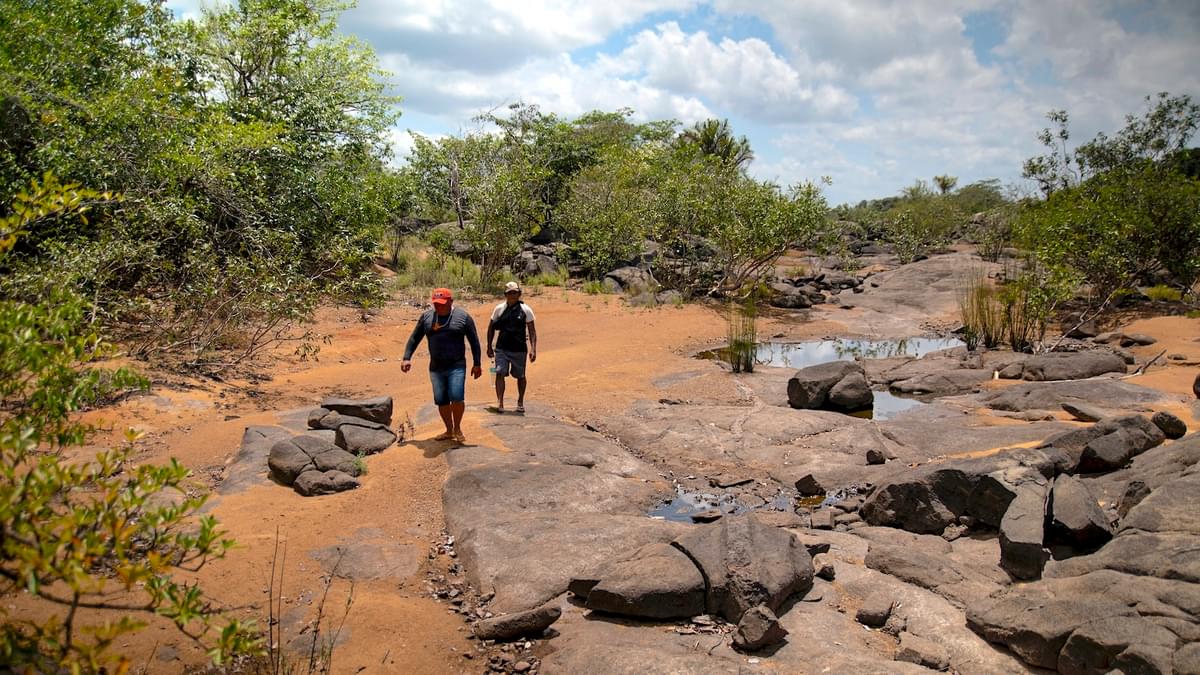




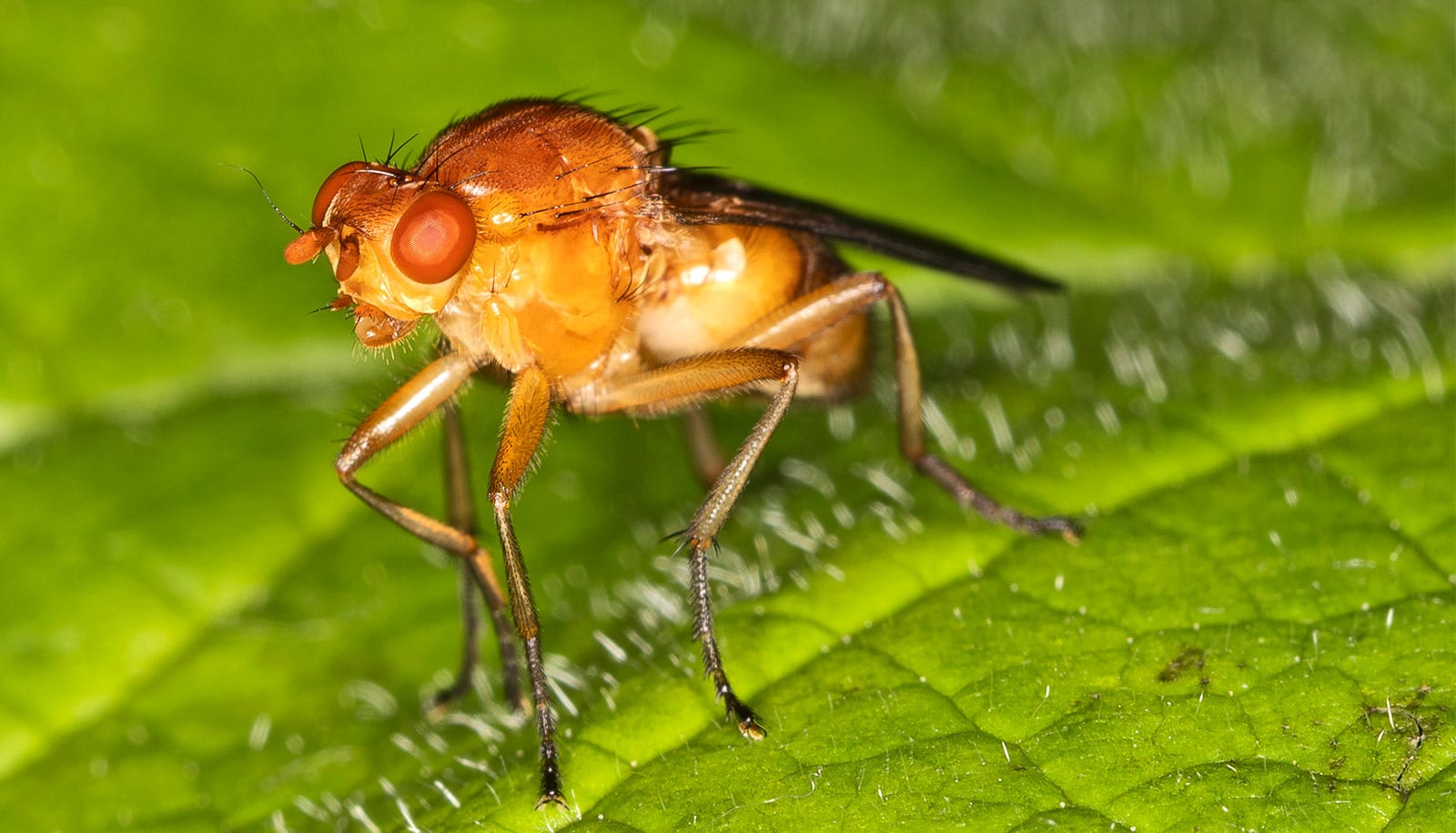



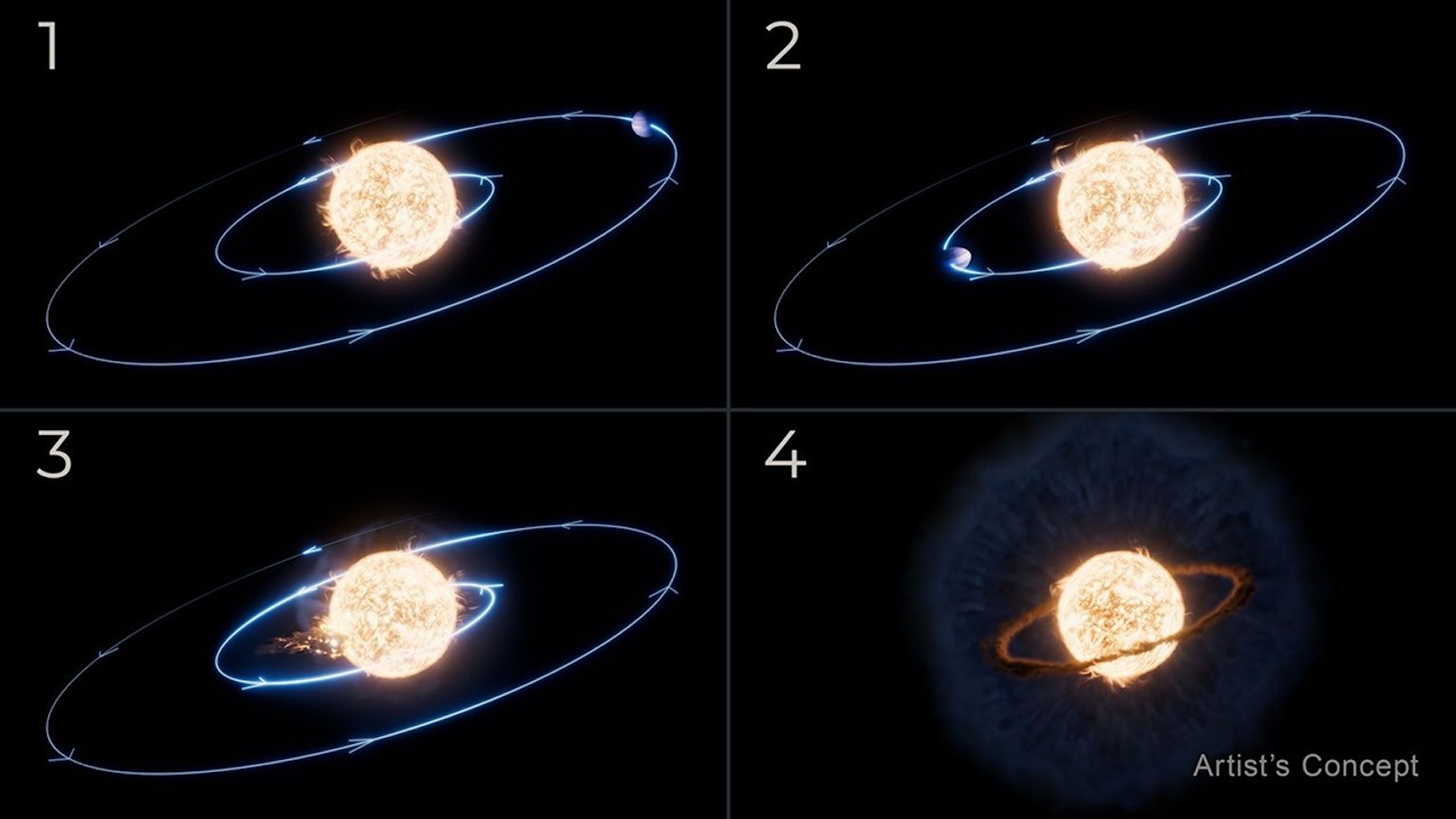
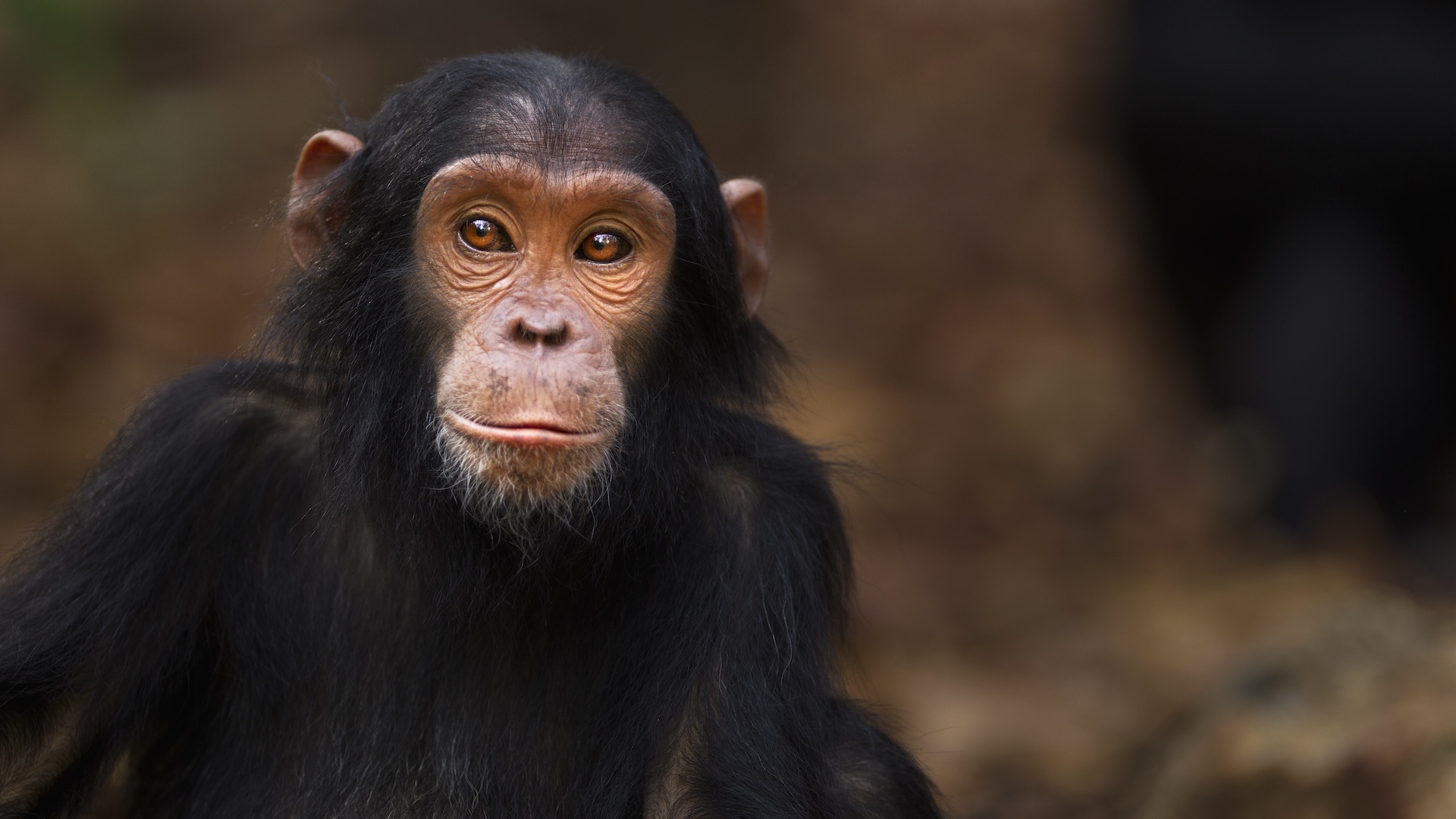

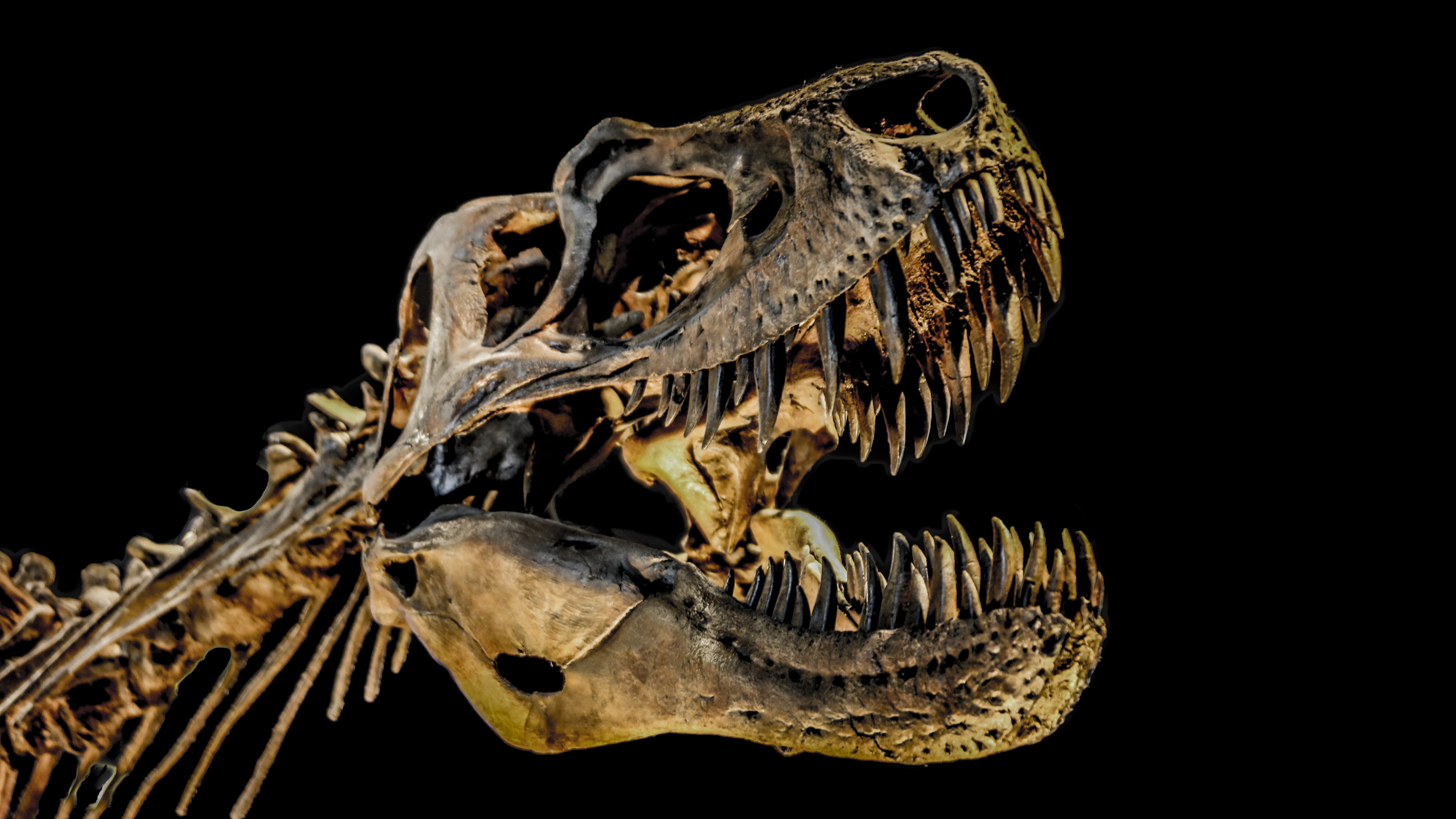





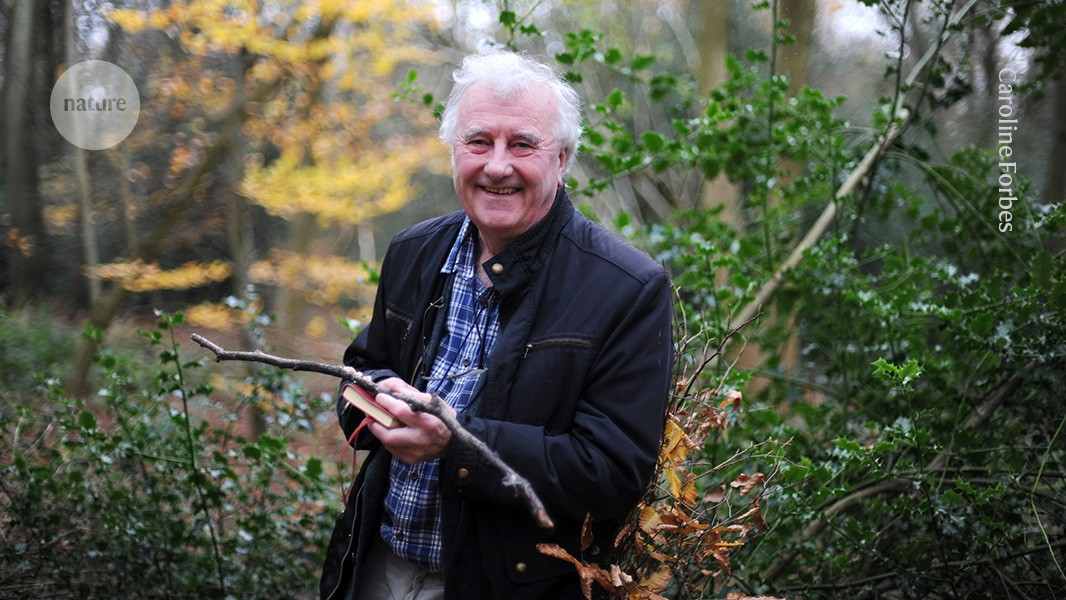


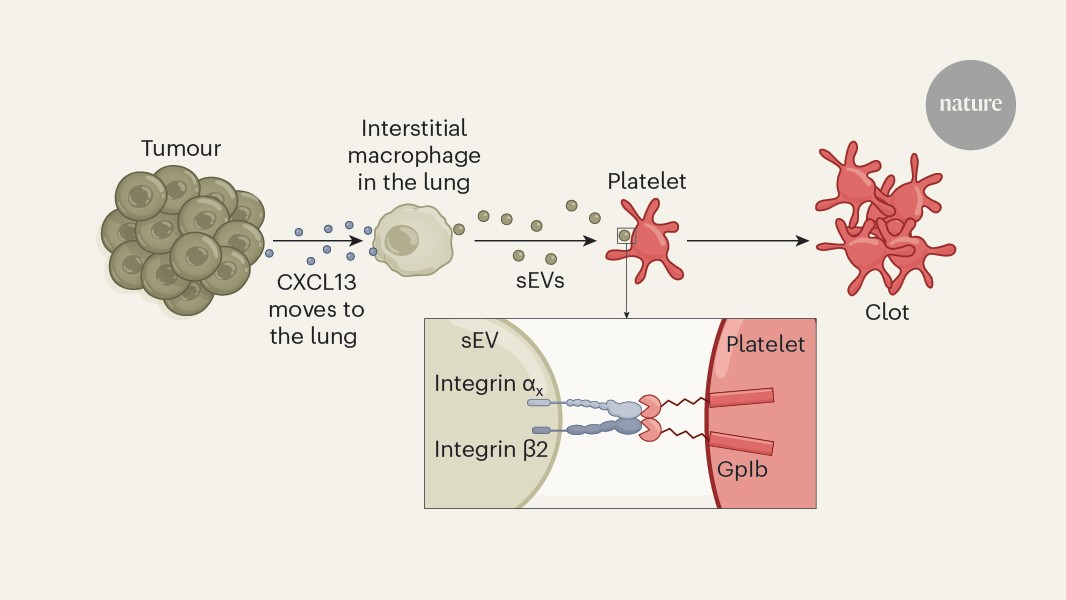






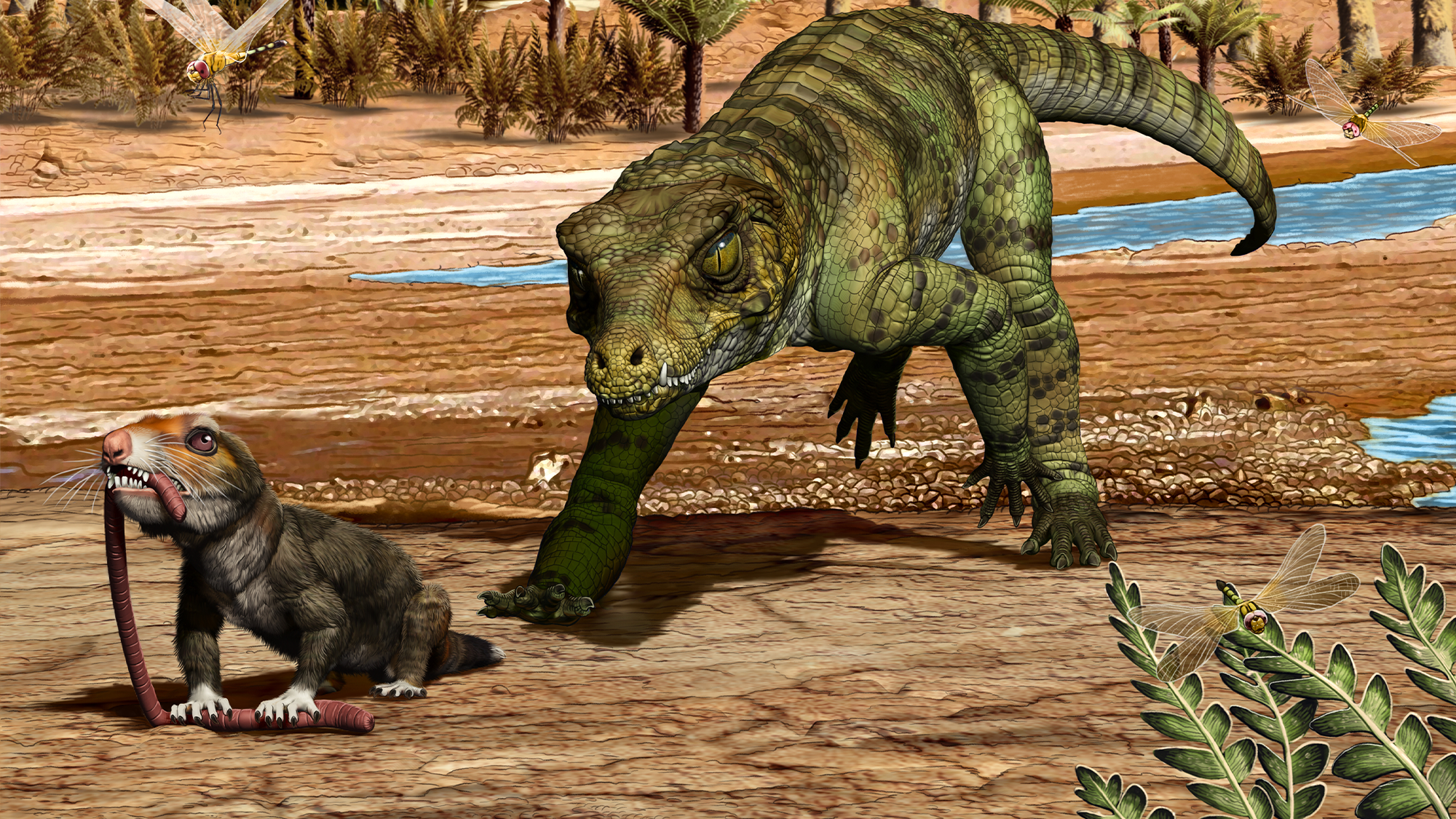

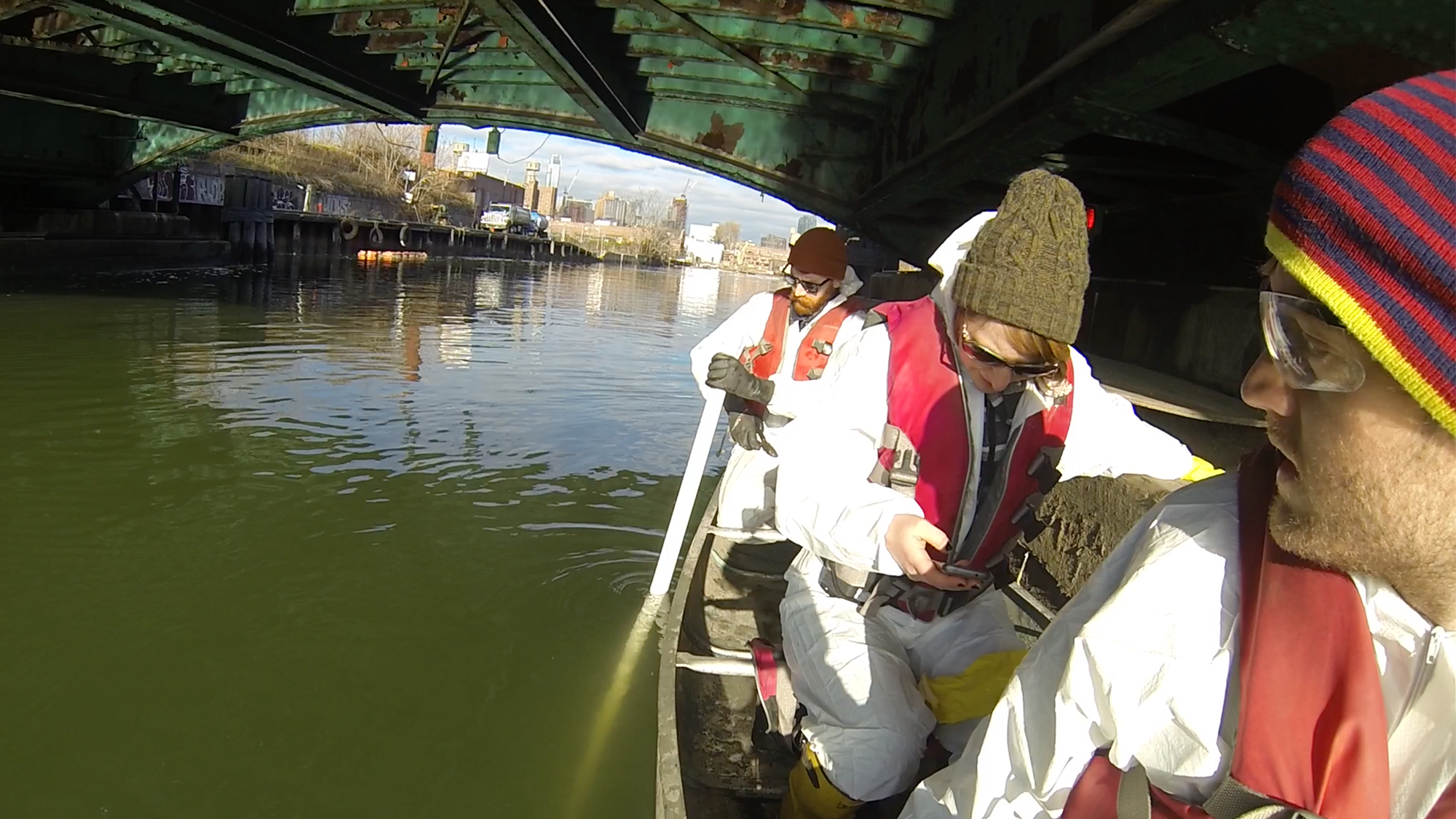




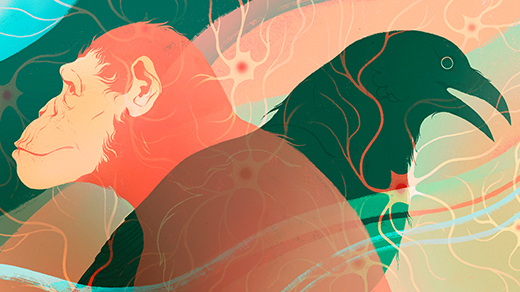
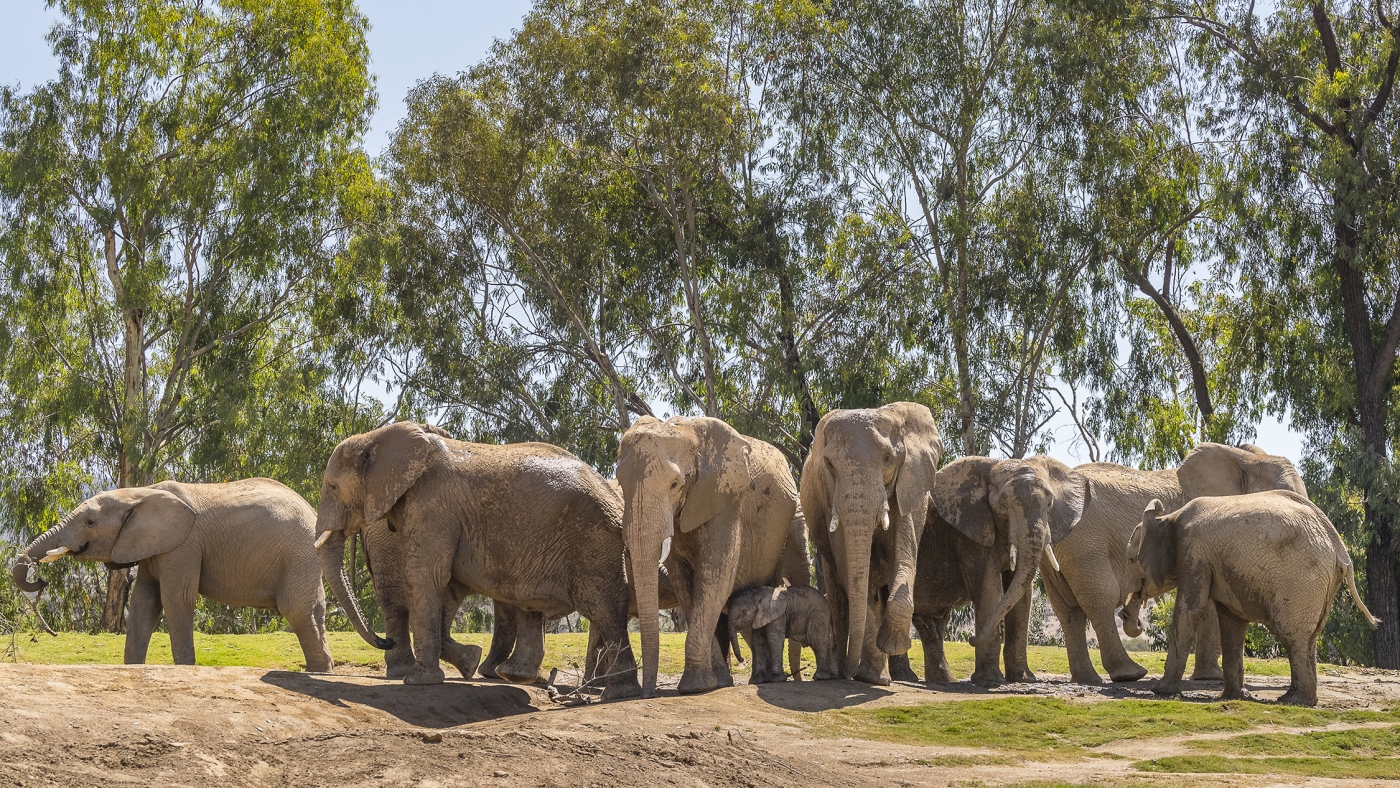



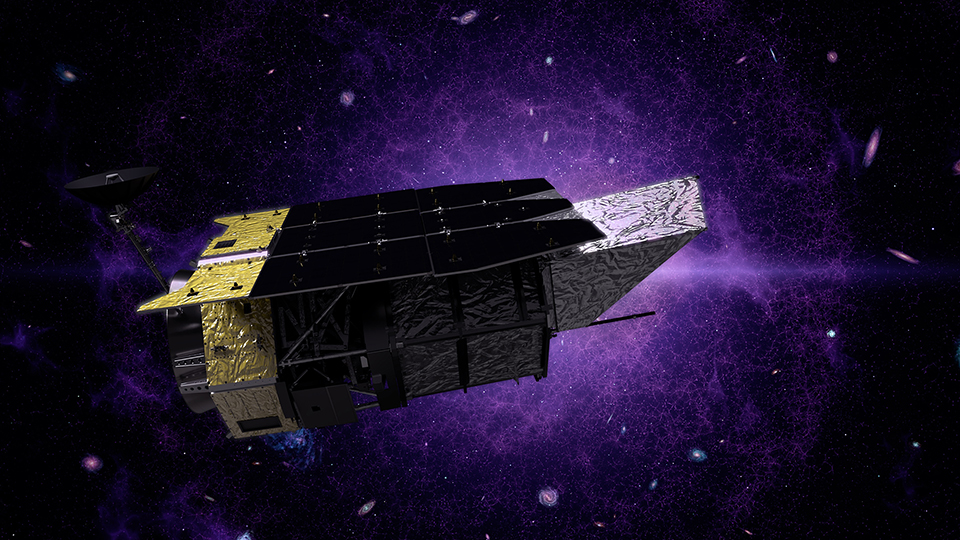





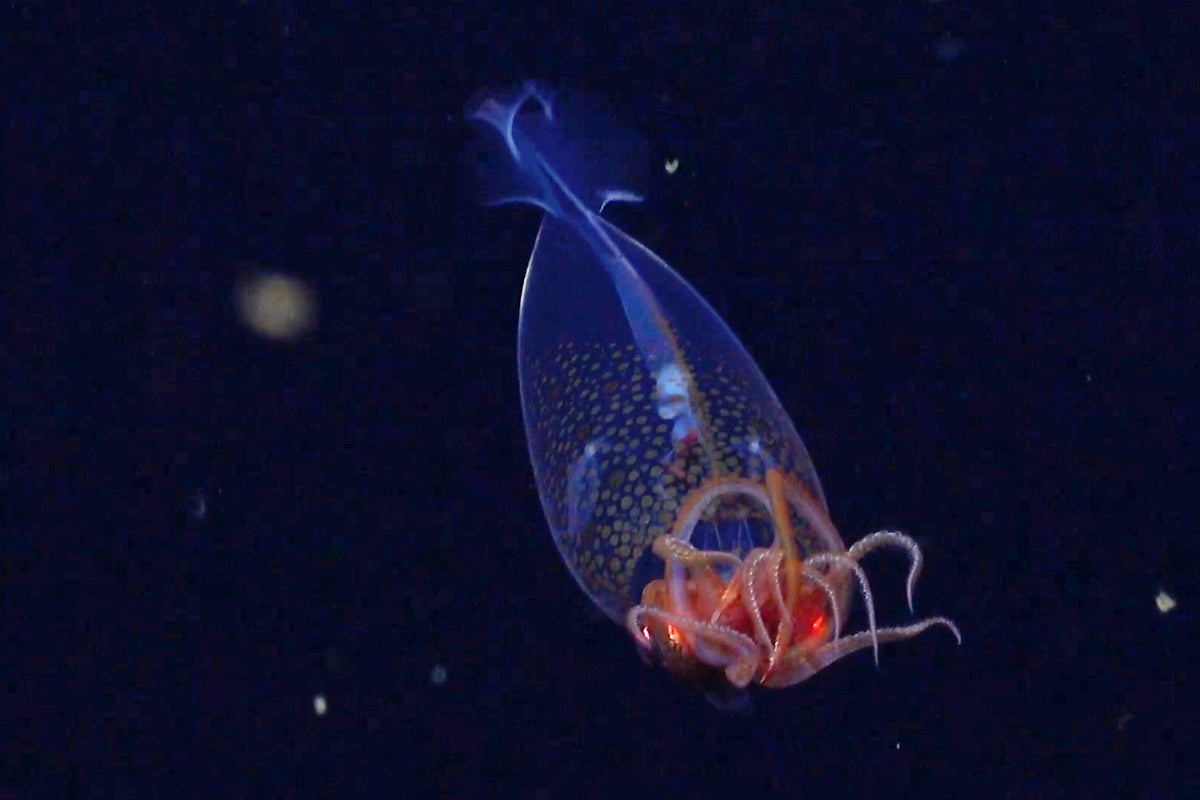


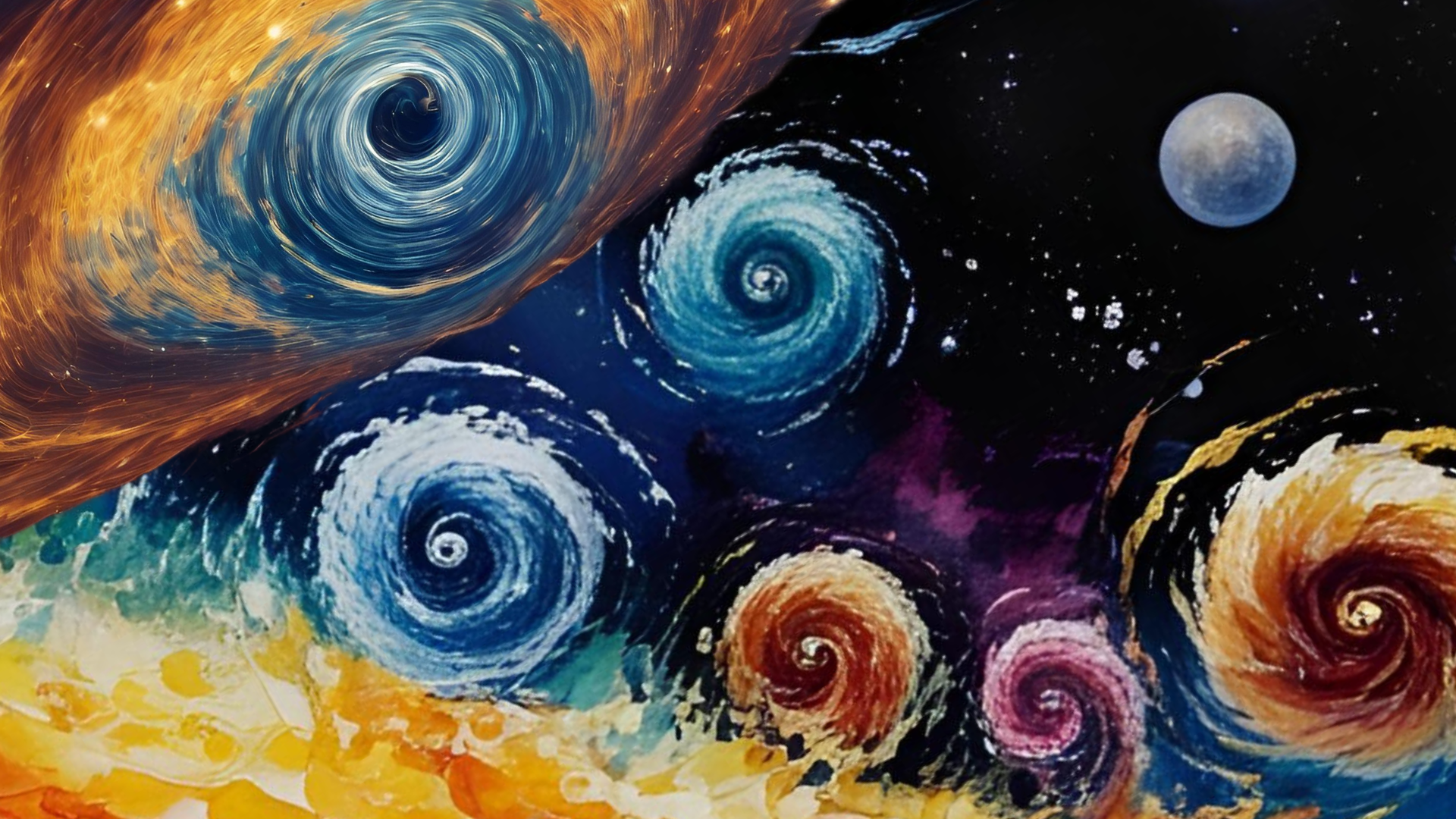

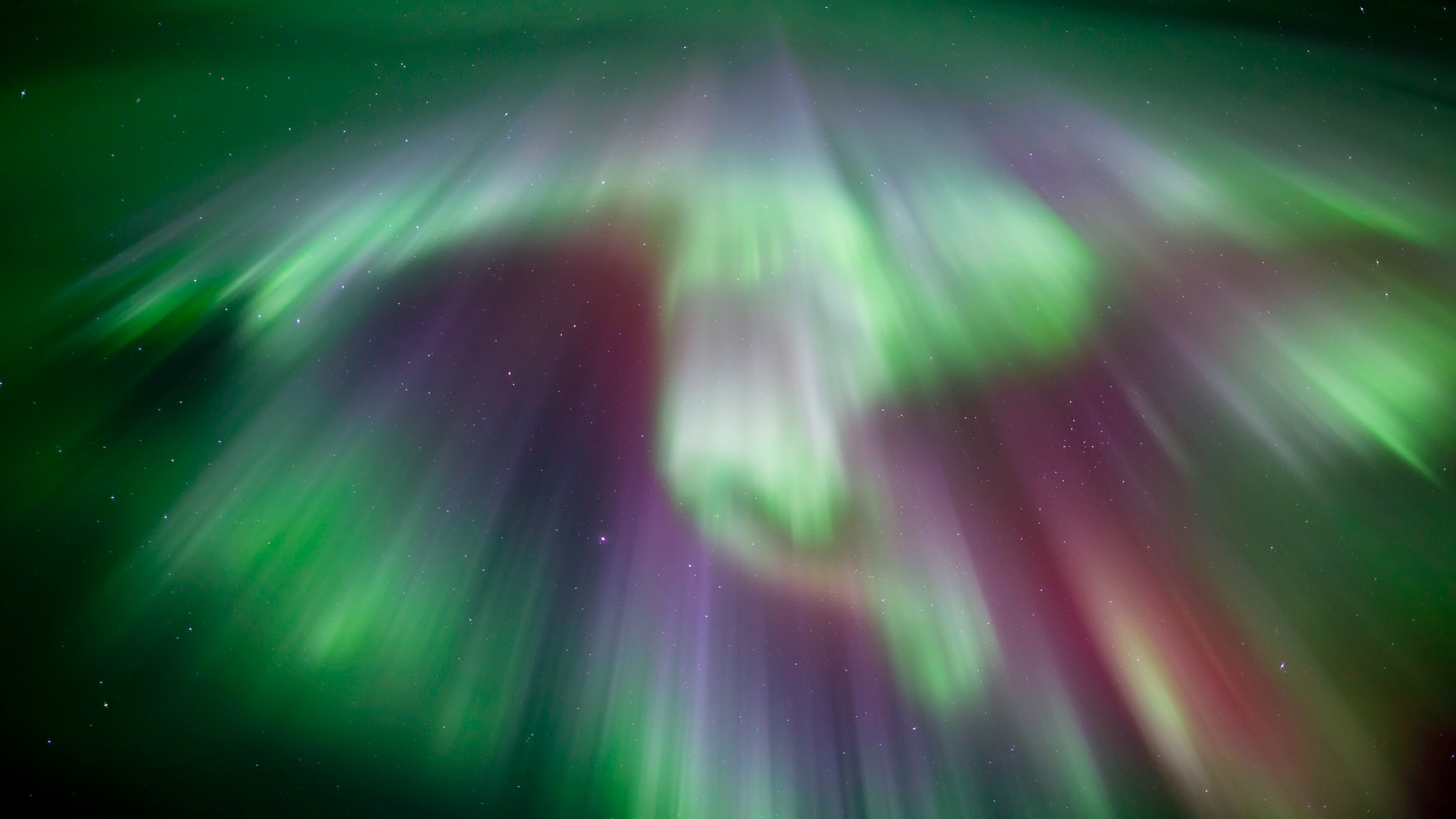




































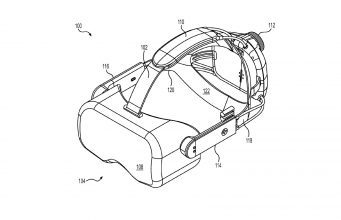



![The breaking news round-up: Decagear launches today, Pimax announces new headsets, and more! [APRIL FOOL’S]](https://i0.wp.com/skarredghost.com/wp-content/uploads/2025/03/lawk_glasses_handson.jpg?fit=1366%2C1025&ssl=1)















